Waiting forever for your phone to charge? It’s annoying! What’s causing the slow charging?
Slow phone charging is a common frustration. Many factors can affect charging speed. Let’s explore them and find solutions.
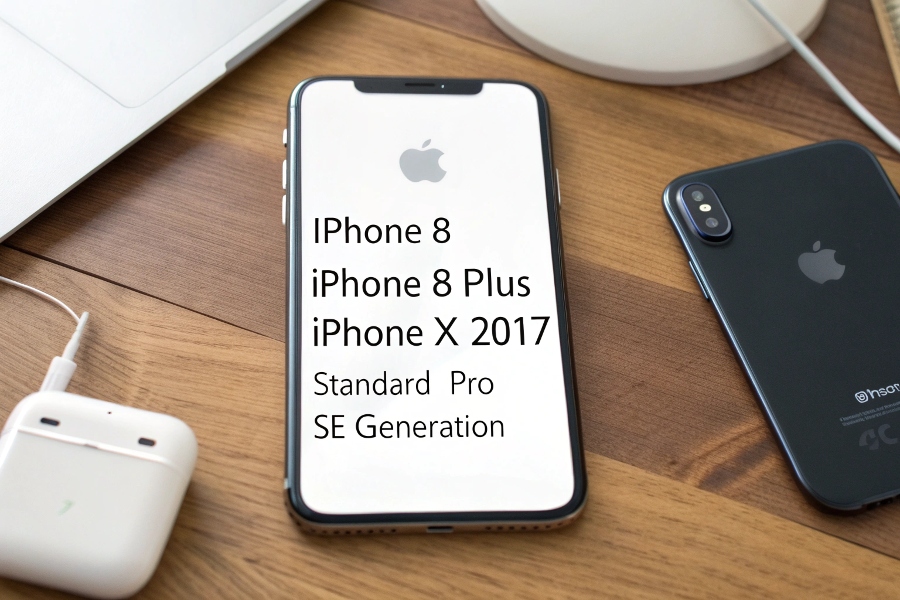
Read on to discover why your phone is charging slowly and how to fix it!
Are You Using the Correct Charger?
Not all chargers are created equal. Is your charger powerful enough? Using the wrong charger is a common reason for slow charging.
Using the wrong charger can significantly slow down charging. Chargers have different power outputs, measured in watts (W). A low-wattage charger will take much longer to charge your phone. Check your phone’s specifications to find the recommended charger wattage. Use a charger that meets or exceeds that wattage for the fastest charging.
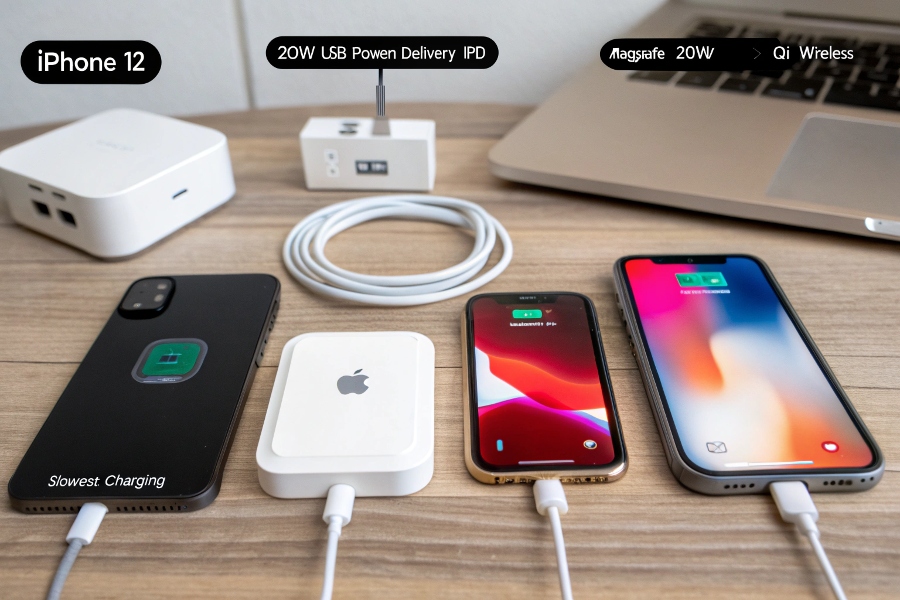
Dive Deeper:
Chargers deliver power at different rates. A 5W charger, often included with older phones, is much slower than a 15W or 20W charger. Some newer phones even support fast charging at 25W, 45W, or even higher. Using a charger with insufficient wattage will force your phone to charge at a slower rate. It’s also important to note that the cable matters. Some USB cables are designed for data transfer only and can’t handle high charging currents. Make sure your cable supports the charging speed of your charger.
Here’s a simple guide:
- Check your phone’s manual for the recommended charger wattage.
- Use a charger with the correct wattage or higher.
- Make sure your USB cable supports the charging speed.
Here’s a table summarizing the impact of charger wattage:
| Charger Wattage | Charging Speed | Suitable For |
|---|---|---|
| 5W | Very Slow | Older phones, basic charging |
| 10W | Slow | Older phones, tablets |
| 15W | Moderate | Most smartphones |
| 20W+ | Fast | Newer smartphones, fast charging |
Is Your Charging Cable Damaged?
Cables can wear out over time. Is your cable in good condition? A damaged charging cable can cause slow charging or intermittent charging.
A damaged charging cable1 can significantly reduce charging speed. Look for any visible signs of damage. These signs include frays, bends, or exposed wires. Try a different cable to see if that improves charging speed.
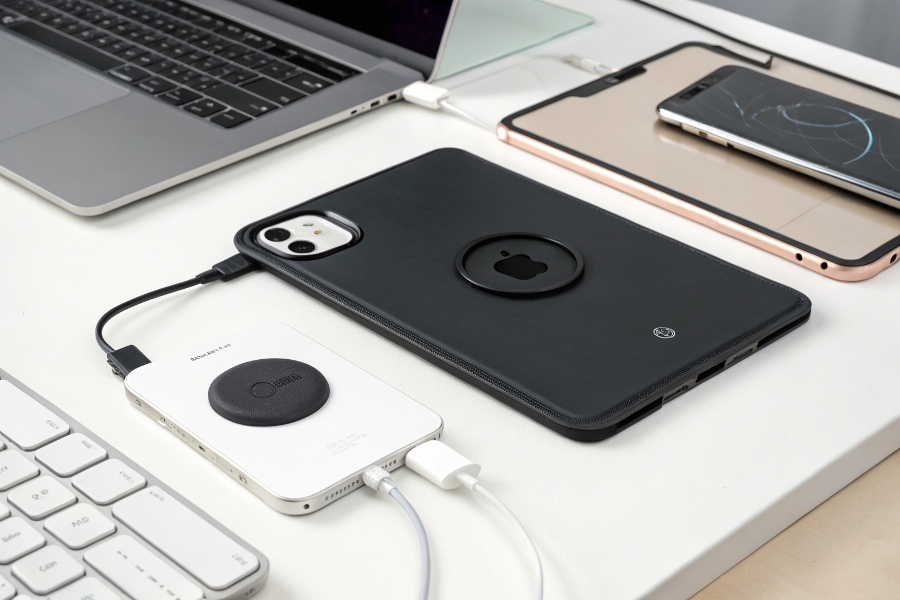
Dive Deeper:
Inside a charging cable are thin wires. These wires carry the electrical current. Damage to these wires can restrict the flow of electricity. This restriction results in slower charging speeds. Even if the cable looks fine on the outside, internal damage can still occur. This internal damage is difficult to detect visually. The best way to test is to try a known good cable.
Here’s what to look for when inspecting your charging cable:
- Visible Damage: Check for tears, bends, or exposed wires.
- Connector Condition: Examine the connectors for damage or corrosion.
- Wiggle Test: Gently wiggle the cable near the connectors. If charging is intermittent, the cable is likely damaged.
Here’s a table summarizing this:
| Checkpoint | Action | Indication of a Problem |
|---|---|---|
| Visual Inspection | Examine cable for damage | Tears, bends, exposed wires |
| Connector Condition | Examine connectors | Damage, corrosion |
| Wiggle Test | Wiggle cable near connectors | Intermittent charging |
Is Your Phone Overheating?
Heat can slow down charging. Is your phone getting too hot? Overheating can significantly reduce charging speed to protect your phone.
Overheating can cause your phone to charge slowly. When your phone gets too hot, it activates safety mechanisms. These mechanisms slow down or stop charging to prevent damage. Avoid charging your phone in direct sunlight or hot environments. Remove your phone case while charging to help dissipate heat.
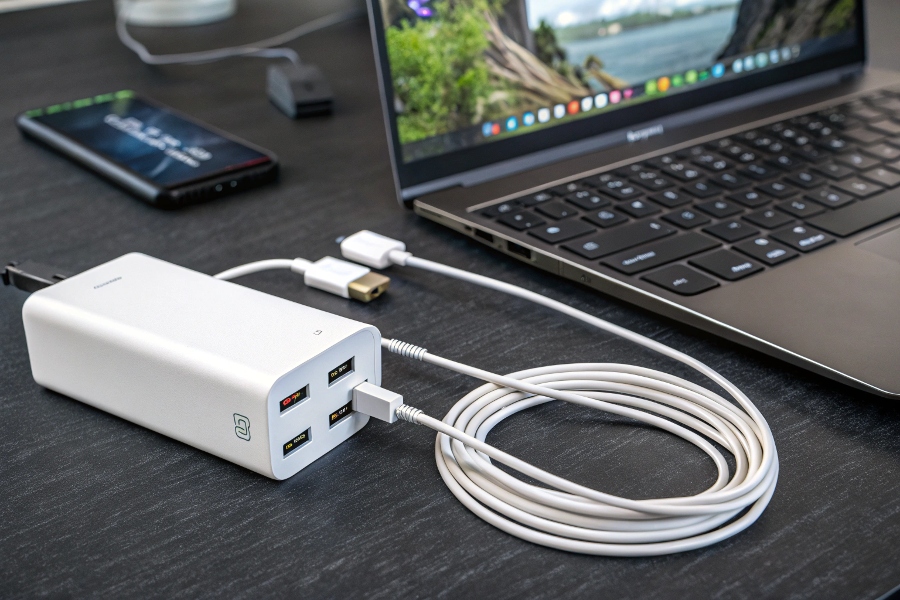
Dive Deeper:
Wireless charging, in particular, can generate heat. The charging process isn’t 100% efficient. Some energy is lost as heat. Other factors can contribute to overheating, too. These factors include running demanding apps while charging or having a thick phone case.
Here are some tips to prevent overheating:
- Charge in a cool environment.
- Remove your phone case.
- Avoid using your phone while charging.
- Close unnecessary apps.
Here’s a table of helpful tips:
| Tip | Benefit |
|---|---|
| Cool Environment | Reduces ambient temperature |
| Remove Phone Case | Improves heat dissipation |
| Avoid Using Phone | Reduces processing load |
| Close Unnecessary Apps | Reduces processing load |
Are Background Apps Draining Power?
Apps running in the background can interfere. Are you closing unused apps? Background apps can drain power and slow down charging.
Apps running in the background consume power. This consumption can slow down the charging process. Close any unnecessary apps before charging your phone. This will free up resources and allow your phone to charge faster.
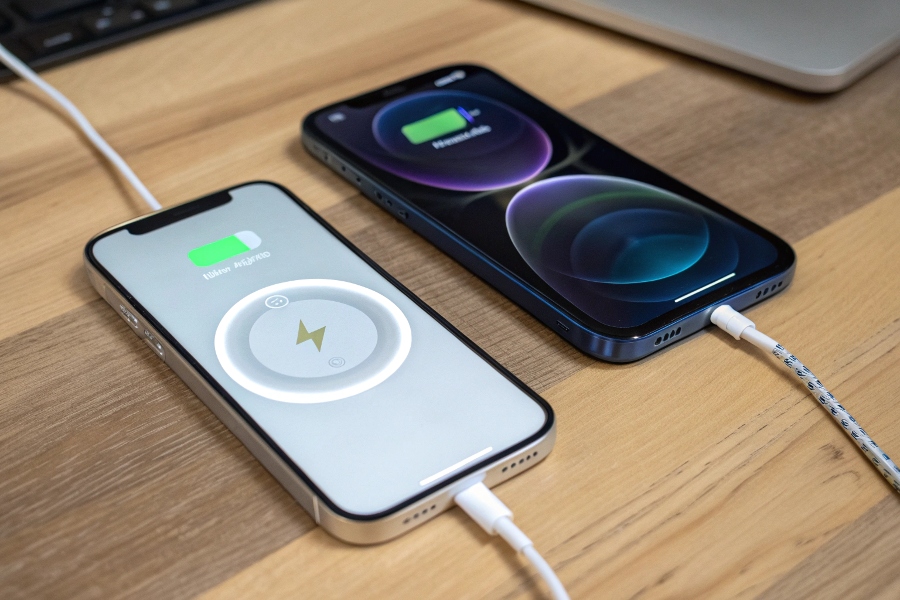
Dive Deeper:
Many apps continue to run in the background. They perform tasks like checking for updates, syncing data, or sending notifications. This activity consumes battery power. This increases the amount of time it takes to charge your phone. Some apps are particularly power-hungry. These apps include social media apps, streaming apps, and games.
Here’s how to manage background apps:
- Close apps you’re not using.
- Limit background data usage for certain apps.
- Disable background app refresh in your phone’s settings.
Here’s a table summarizing this:
| Action | Benefit |
|---|---|
| Close Unused Apps | Frees up resources |
| Limit Background Data | Reduces power consumption |
| Disable Background Refresh | Prevents apps from running in the background |
Is Your Phone’s Software Up to Date?
Software updates can improve charging. Is your phone’s software current? Outdated software can sometimes cause charging issues.
Keeping your phone’s software up to date is important. Software updates often include bug fixes and performance improvements. These improvements can optimize charging efficiency. Check for software updates in your phone’s settings.
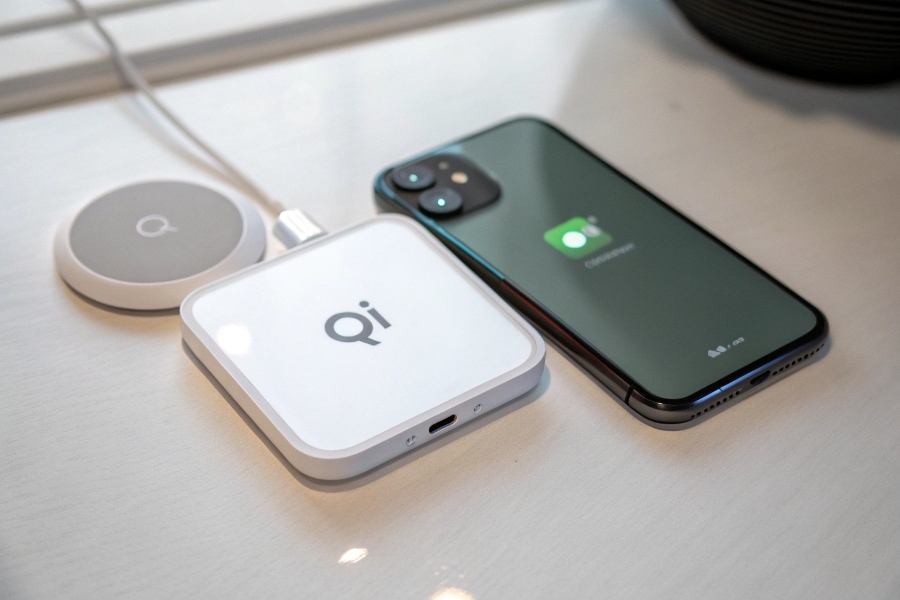
Dive Deeper:
Phone manufacturers regularly release software updates. These updates address bugs and improve performance. Some updates specifically target battery management and charging efficiency. Installing these updates can improve charging speed and overall battery life. It’s always a good idea to keep your phone’s software up to date.
Here’s how to check for software updates:
- Go to your phone’s settings.
- Look for "Software Update" or "System Update."
- If an update is available, download and install it.
Here’s a table summarizing the steps:
| Step | Action | Expected Result |
|---|---|---|
| Go to Settings | Open the settings app | Access phone settings |
| Software Update | Find software update section | Check for available updates |
| Download & Install | Download and install updates | Improved performance and charging |
Conclusion
Slow charging can be caused by several factors. By using the correct charger, cable, and software, you can improve your phone’s charging speed!
-
Understanding the signs of a damaged charging cable can help you identify issues early and maintain optimal charging performance. ↩
